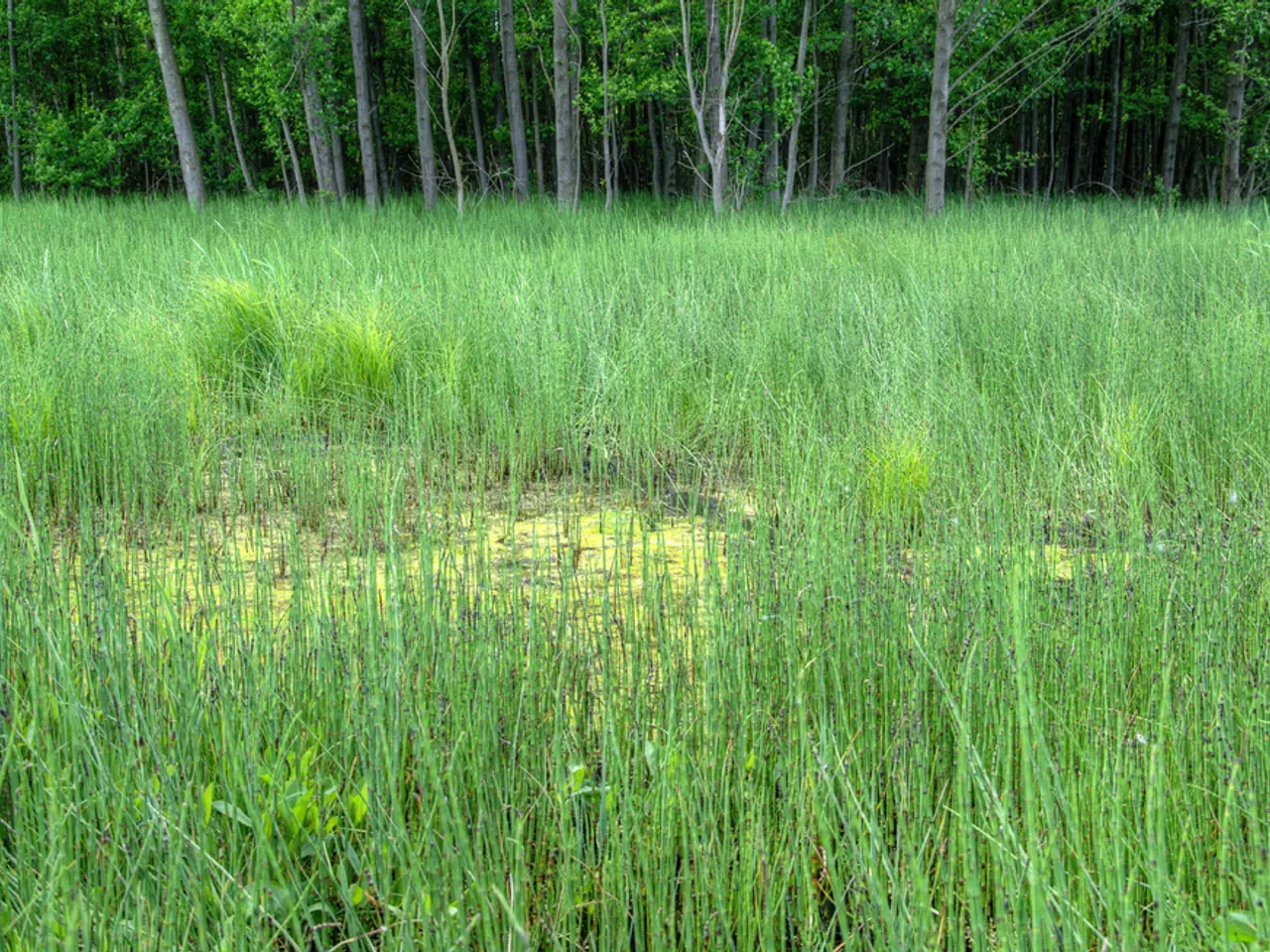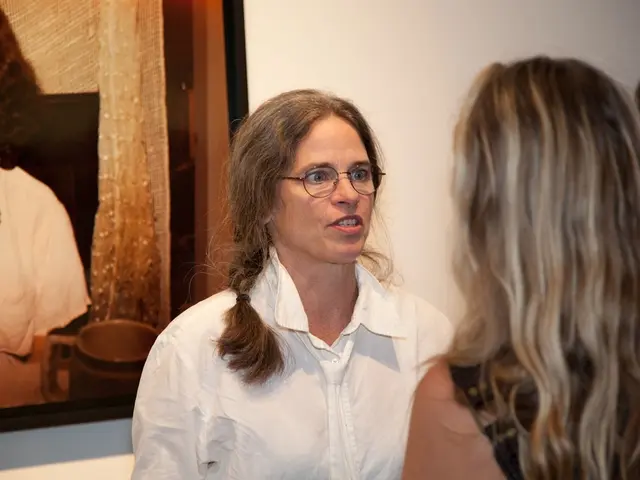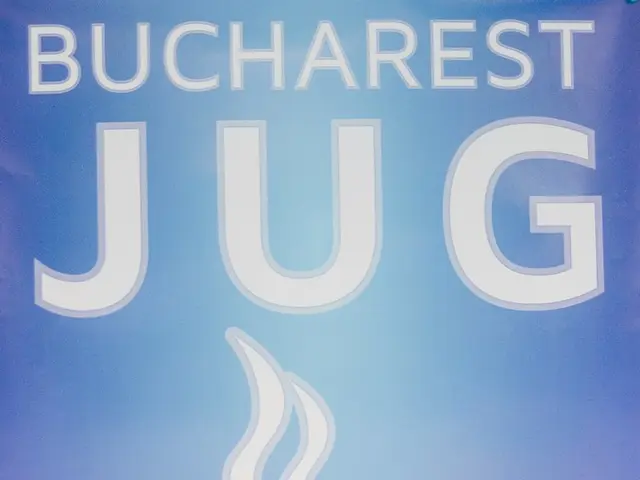Guidelines for Submitting Multiple Agricultural Land Parcels through a Single EUDR DDS Submission
In the world of sustainable agriculture, the European Union's Deforestation Regulation (EUDR) sets stringent rules for due diligence and traceability. Here's a breakdown of how these rules apply to multiple farm plots.
Under the EUDR, each plot must have compliant geolocation data, adhering to EU formatting rules and linked to legal and deforestation-free status. This geolocation isn't just a supporting document—it's the foundation of your Due Diligence Statement (DDS). Each plot, whether a small farm of less than 4 hectares or a larger, high-risk zone, should be represented as a point or a polygon, respectively.
The EUDR does not mandate a "one plot, one DDS" rule. Instead, multiple plots can be reported in a single DDS if they meet three strict conditions: they belong to the same operator, refer to the same commodity, and come from the same country of production. However, all plots must be located in the same country, pertain to the same commodity, and be backed by uniform traceability and deforestation risk profiles.
Risk assessment is crucial in a multi-plot DDS, with each individual plot needing to pass the threshold of "negligible risk." Any plot with a risk level deemed "not negligible" would jeopardize the entire DDS.
Modern compliance platforms offer per-plot risk scoring tools, evaluating factors such as tree cover loss, proximity to WDPA zones, polygon geometry validity, metadata completeness, and legal land use indicators. These tools ensure that each plot meets the EUDR's rigorous standards.
When reporting multiple farm plots in a single DDS, you must include a separate GeoJSON entry for each plot. The EUDR Compliance Platform simplifies this process by digitally linking each plot to verified farmer profiles, harvest data, and risk assessments.
The EUDR requires that all plots in a group must pass the same deforestation and legality checks. Each geolocation record should include metadata such as Farm ID/producer ID, size (ha), commodity, harvest year/season, and traceability link.
The EUDR Compliance Platform auto-validates geolocation checks, deforestation status per plot, and ensures all plots meet the "same operator, same commodity, same country" rule required by EUDR. By consolidating traceable, compliant plots into batch-level submissions, producer companies can reduce redundancy, accelerate DDS workflows, and maintain strong audit integrity.
With the right digital tools, even fragmented smallholder networks can be aligned into a single, validated due diligence process that meets EUDR standards and simplifies EU market entry. The EUDR allows for aggregator-based models, where thousands of smallholder plots may contribute to a single export batch, as long as traceability and risk assessments are credible.
In conclusion, the EUDR sets high standards for due diligence and traceability, particularly when dealing with multiple farm plots. By understanding these rules and leveraging the right digital tools, companies can ensure compliance, streamline their processes, and confidently enter the EU market.
Read also:
- Cultivating Adaptable Companies: The Strength of an Educative Environment
- Heed this: There's no more room for turning back.
- Leading Human Resources Leaders Poised to Assume Roles of Cultural Advocates, Guardians of Evolution, and Data Analysis Experts
- Turbine operators in Thuringia now face the task of dismantling underpinnings.




